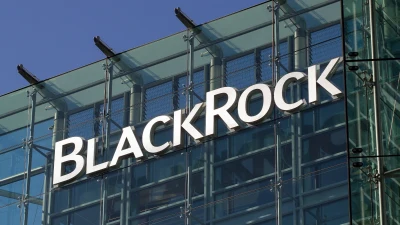Adviser confusion prompts AMP property offering
By Liam Egan
Indecision by financial planners over how to allocate property to client portfolios under current market conditions was a key motivator for the launch of AMP CapitalInvestors’ first open-ended unlisted property fund for the retail market.
The Core Property Fund, which AMP intends to distribute through platforms, combines three property asset classes.
The fund will target a 50 per cent exposure to unlisted property and 25 per cent each to domestic and global listed property securities.
Exposure to direct property will be predominantly via AMP’s wholesale funds, the AMP Shopping Centre Fund and the AMP Wholesale Office Fund.
The balance of the fund’s investment will be via Australian listed property trusts through the Barclays Property Securities Index Fund and the AMP Capital Global Property Securities Fund.
AMP Capital Investors head of property funds management Andrew Bennett said “some advisers are unsure how to allocate to global property securities and also how to access that illiquid component of a client’s direct portfolio”.
“Advisers are wondering whether to be active or passive in terms of risk profile in Australian listed property, the dynamics of which have changed quite dramatically over the past 12 to 14 months despite having had strong returns.
“We’ve also seen a lot of global securities funds come to market, which has added to the confusion.”
The fund’s performance benchmark is the weighted return of three indices — the Mercer Unlisted Property Index, S&P/ASX 300 Property Accumulation Index and the UBS Global Real Estate Investors Index.
Recommended for you
Schroders has appointed a new chief executive as Simon Doyle steps down from the asset manager after 22 years.
Distribution of private credit funds through advised channels to retail investors will be an ASIC priority for 2026 as it releases the results of its thematic fund surveillance and guidance for research houses.
State Street Investment Management has taken a minority stake in private market secondaries manager Coller Capital with the pair set to collaborate on broaden each firm’s reach and drive innovation.
BlackRock Australia plans to launch a Bitcoin ETF later this month, wrapping the firm’s US-listed version which is US$85 billion in size.











